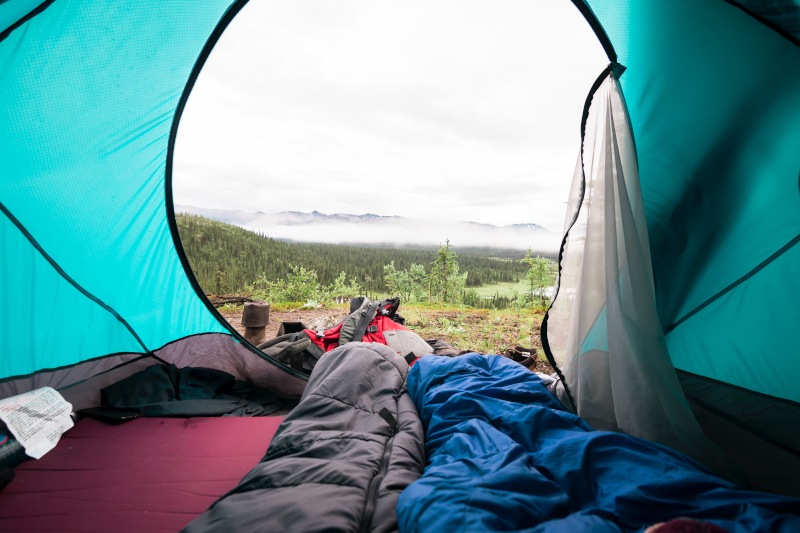
Photo by Steve Halama on Unsplash
I love inflatable sleeping pads!
Now don’t get me wrong – sliced bread, electricity, and indoor plumbing are great too. But as a wilderness backpacker, inflatable sleeping pads are the bomb!
They’re unmatched for comfort, especially for side-sleepers like me. They’re packable and lightweight – important considerations if you backpack in wilderness areas. And the newest ones contain insulation and heat-reflective material. This keeps you insulated from the ground as well as the older closed-cell and open-cell foam pads.
What’s the Problem?
You do need to take more care with inflatable pads than with the older ones. Remove sharp rocks from underneath your pad, don’t jump on it, and keep sharp objects away from it. If you do these things, your inflatable pad will last many years.
The primary problem with inflatable sleeping pads is the need to blow them up. You arrive at camp, hot and tired. And then you must huff and puff like the proverbial Big Bad Wolf to inflate your sleeping pad. There were several times I’ve camped at altitude and became light-headed as I puffed into my sleeping pad. And apparently I’m not alone…
Sleeping Pad Inflator
Manufacturers are starting to include “sleeping pad inflators” with the sleeping pads they sell. These are silnylon stuff sacks that clip over the valve of your sleeping pad. You capture air in the bag and roll it up, forcing air through the valve and into your pad. These work best with pads that have a one-way valve, otherwise you need to use your hand to keep air from leaking out of your pad.
I’ve used inflation bags with mixed success. I still prefer huffing and puffing because it’s faster than using the inflators.
But if you’re interested in trying this out, the video below will show you how to craft your own sleeping pad inflator.
If you make one of these, let me know how it works for you.
Related Articles on NatureOutside
My Internet-Enabled Sit Pad for Hiking and Backpacking
Earth Day Project 2015 – Make a Screen Door Food Filter
Earth Day Project 2014 – The Bottle Bag
For fun facts and useful tips, join the free Bushcraft Newsletter.



Leave a Comment